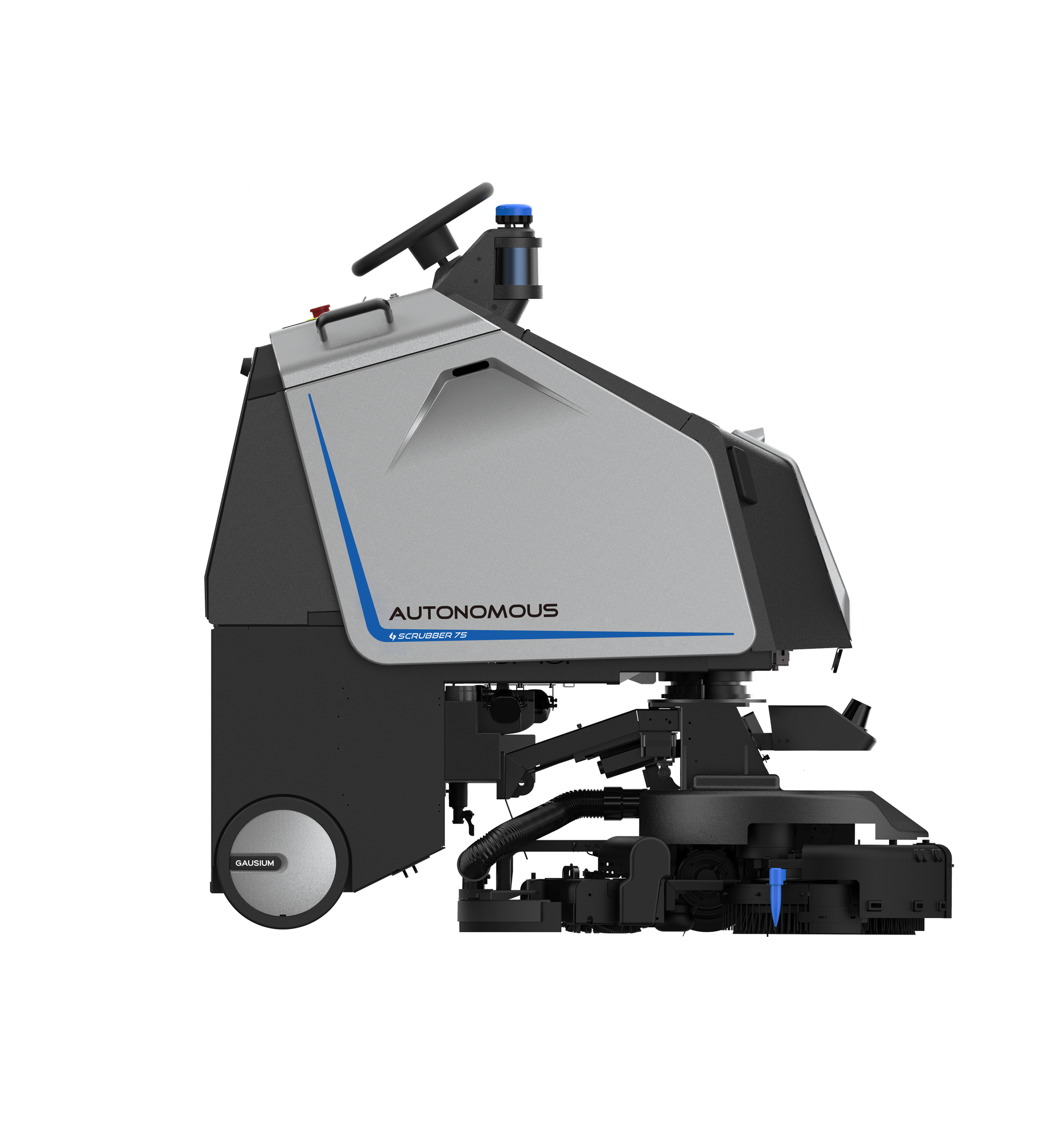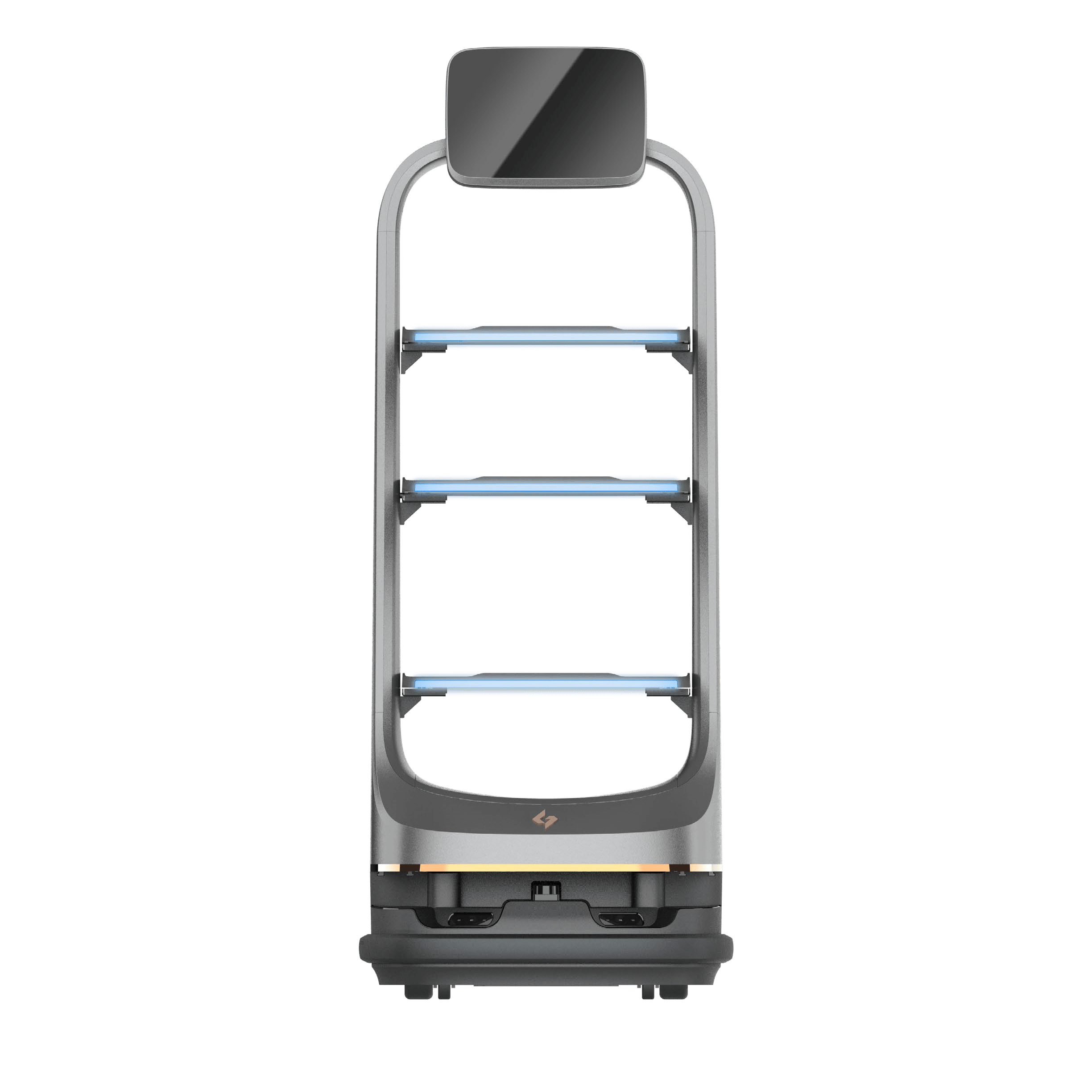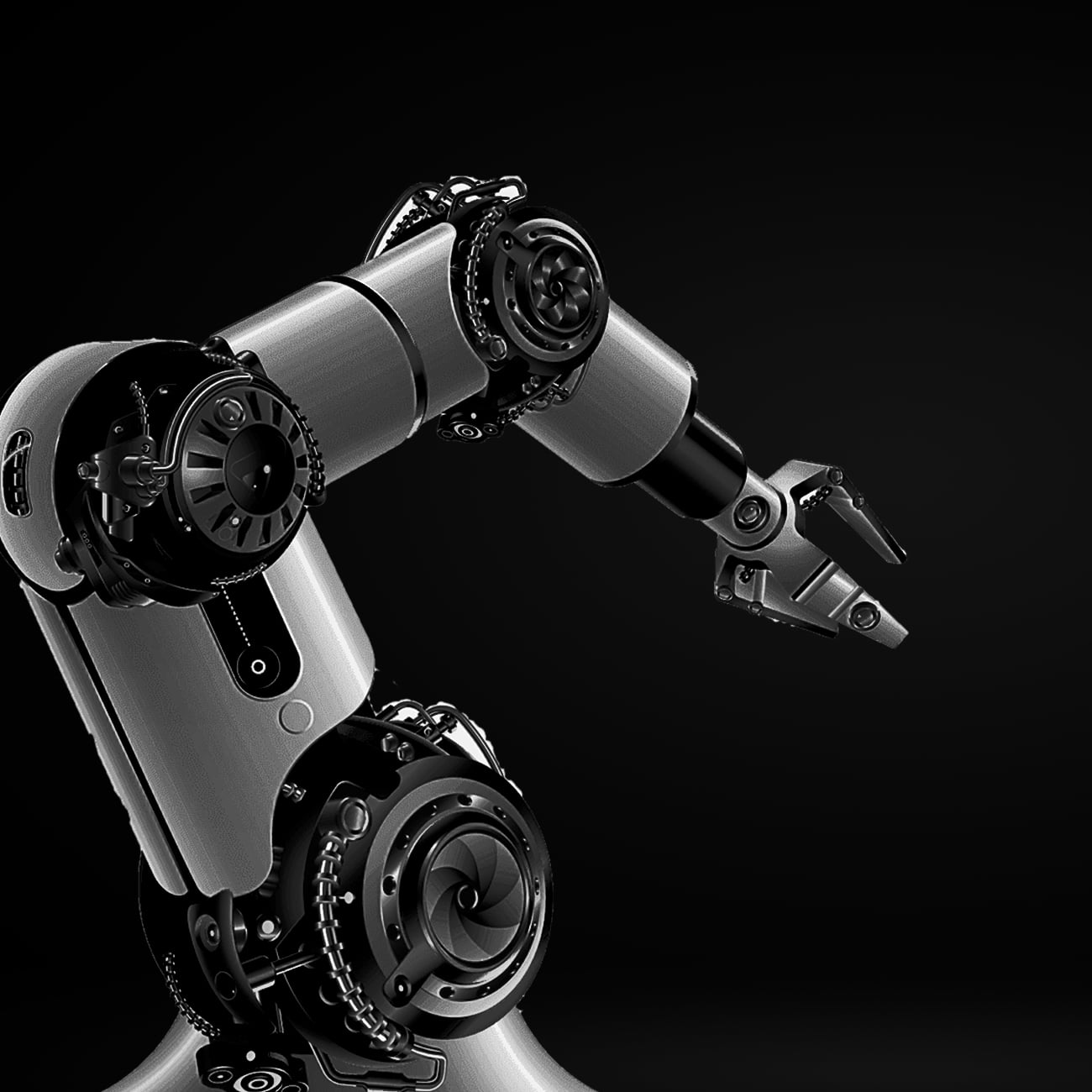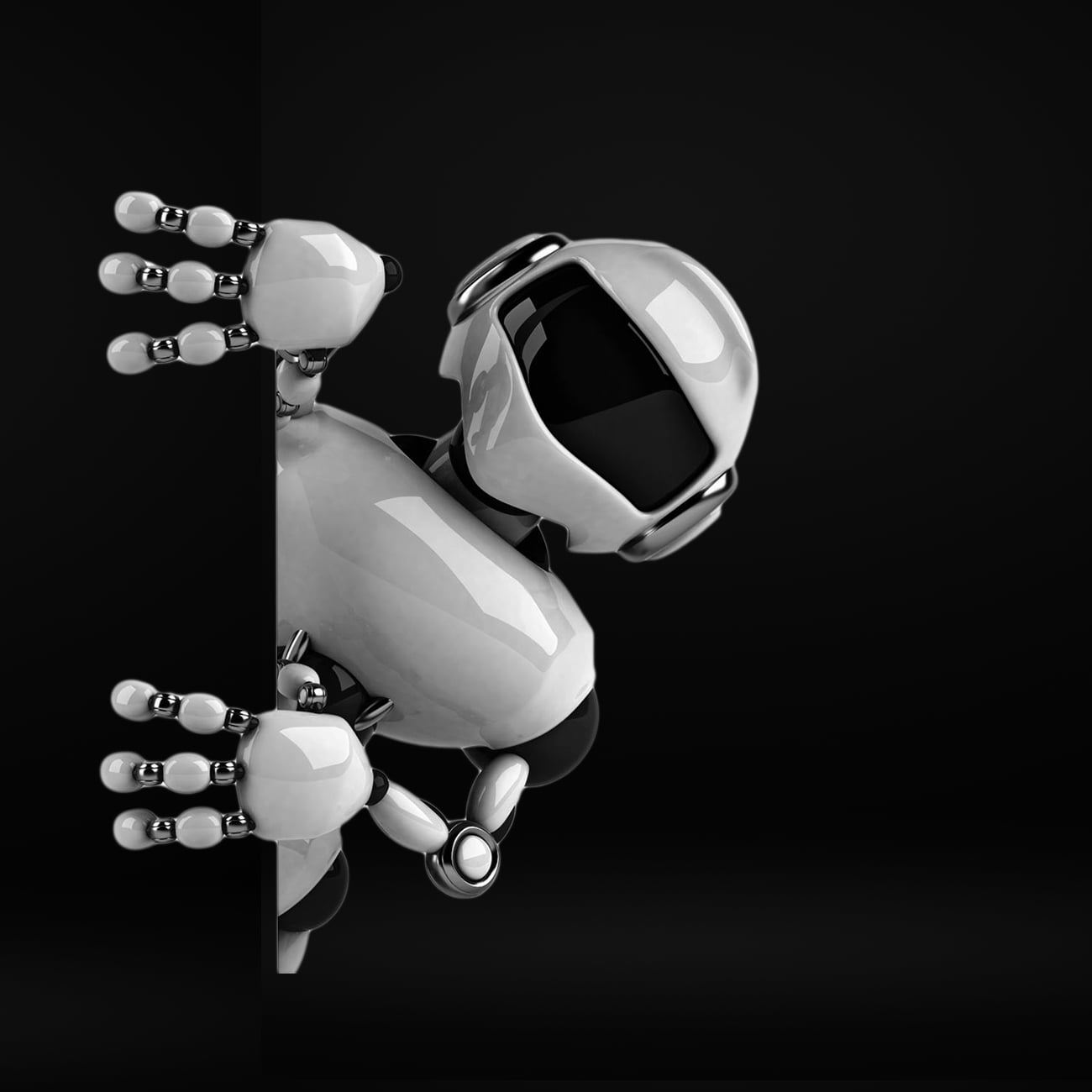-
Table of Contents
“Effortless Clean, Powered by AI: Revolutionizing Your Floor Care.”
AI-powered robotic floor scrubbers are advanced cleaning machines that utilize artificial intelligence and robotics technology to automate the process of floor cleaning. These devices are designed to navigate various environments, such as commercial spaces, warehouses, and industrial facilities, efficiently and effectively. Equipped with sensors, cameras, and machine learning algorithms, they can map their surroundings, avoid obstacles, and adapt to different floor types and cleaning requirements. By optimizing cleaning routes and schedules, AI-powered robotic floor scrubbers enhance productivity, reduce labor costs, and ensure consistent cleaning results, making them an essential tool for maintaining cleanliness in large and complex spaces.
The Future Of Automated Cleaning: AI-Powered Robotic Floor Scrubbers
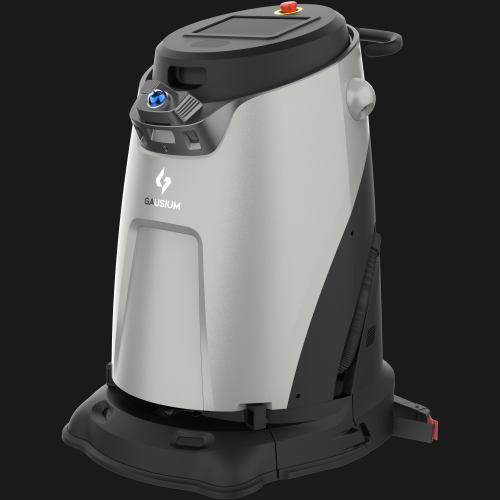
As the demand for efficient and effective cleaning solutions continues to rise, the emergence of AI-powered robotic floor scrubbers marks a significant advancement in the realm of automated cleaning. These innovative machines are not merely an evolution of traditional cleaning equipment; they represent a paradigm shift in how we approach cleanliness in various environments, from commercial spaces to industrial facilities. By integrating artificial intelligence with advanced robotics, these floor scrubbers are transforming the cleaning industry, offering enhanced performance, reduced labor costs, and improved safety.
One of the most compelling features of AI-powered robotic floor scrubbers is their ability to learn and adapt to their surroundings. Equipped with sophisticated sensors and machine learning algorithms, these devices can map out their environment, identify obstacles, and optimize their cleaning routes in real-time. This capability not only ensures thorough cleaning but also minimizes the risk of accidents, as the machines can navigate around furniture, people, and other potential hazards. Consequently, businesses can maintain a clean and safe environment without the constant supervision of human operators.
Moreover, the efficiency of AI-powered robotic floor scrubbers translates into significant cost savings for organizations. Traditional cleaning methods often require a substantial workforce, which can lead to increased labor costs and management challenges. In contrast, robotic scrubbers can operate autonomously, allowing businesses to reallocate human resources to more strategic tasks. This shift not only enhances productivity but also enables companies to focus on core operations while ensuring that cleanliness standards are consistently met.
In addition to operational efficiency, these robotic systems are designed with sustainability in mind. Many AI-powered floor scrubbers utilize advanced water and detergent management systems that optimize resource usage. By precisely calculating the amount of cleaning solution needed for each task, these machines reduce waste and minimize environmental impact. This focus on sustainability aligns with the growing emphasis on corporate social responsibility, as businesses increasingly seek to adopt practices that are both economically viable and environmentally friendly.
Furthermore, the data analytics capabilities of AI-powered robotic floor scrubbers provide valuable insights into cleaning operations. By collecting and analyzing data on cleaning patterns, surface conditions, and equipment performance, organizations can make informed decisions about maintenance schedules and resource allocation. This data-driven approach not only enhances operational efficiency but also allows businesses to identify areas for improvement, ultimately leading to a higher standard of cleanliness.
As we look to the future, the integration of AI in robotic floor scrubbers is expected to evolve further, incorporating advancements such as predictive maintenance and enhanced user interfaces. These developments will empower businesses to stay ahead of the curve, ensuring that their cleaning operations remain efficient and effective in an ever-changing landscape. The potential for customization and scalability also means that these solutions can be tailored to meet the specific needs of various industries, from healthcare facilities requiring stringent hygiene standards to retail environments focused on customer experience.
In conclusion, AI-powered robotic floor scrubbers are not just a trend; they represent the future of automated cleaning. By combining cutting-edge technology with practical applications, these machines are redefining cleanliness in a way that is efficient, sustainable, and data-driven. As organizations continue to embrace this technology, they will not only enhance their operational capabilities but also set new standards for cleanliness and safety in their respective industries. The future of cleaning is here, and it is powered by artificial intelligence.
How AI Technology Enhances Efficiency In Floor Cleaning
The integration of artificial intelligence (AI) into robotic floor scrubbers has revolutionized the cleaning industry, significantly enhancing efficiency and effectiveness in floor maintenance. As businesses increasingly seek to optimize their operations, the adoption of AI-powered cleaning solutions has become a strategic imperative. These advanced machines not only streamline the cleaning process but also adapt to various environments, ensuring that every corner of a facility is attended to with precision.
One of the most notable advantages of AI technology in robotic floor scrubbers is their ability to learn and adapt to different cleaning scenarios. Traditional cleaning methods often rely on manual labor, which can be inconsistent and time-consuming. In contrast, AI-driven scrubbers utilize sophisticated algorithms to analyze their surroundings in real-time. This capability allows them to identify high-traffic areas that require more frequent cleaning, as well as less frequented spaces that may need less attention. By continuously learning from their environment, these machines optimize their cleaning routes, reducing the time spent on each task while maintaining high standards of cleanliness.
Moreover, AI-powered robotic scrubbers are equipped with advanced sensors and cameras that enhance their navigational capabilities. These technologies enable the machines to detect obstacles, avoid collisions, and even map out the layout of a facility. As a result, they can operate autonomously, freeing up human resources for more complex tasks that require critical thinking and decision-making. This shift not only improves operational efficiency but also allows staff to focus on higher-value activities, ultimately contributing to a more productive workplace.
In addition to improving navigation and route optimization, AI technology enhances the cleaning process itself. For instance, these robotic scrubbers can adjust their cleaning intensity based on the type of surface they are working on. Whether it’s a polished floor, carpet, or tile, the machines can modify their scrubbing pressure and water usage accordingly. This adaptability not only ensures a thorough clean but also conserves resources, making the cleaning process more sustainable. By minimizing water and chemical usage, businesses can reduce their environmental footprint while still achieving superior cleaning results.
Furthermore, the data collected by AI-powered scrubbers can provide valuable insights into cleaning operations. These machines can generate reports on cleaning frequency, areas that require more attention, and overall performance metrics. By analyzing this data, facility managers can make informed decisions about their cleaning strategies, allocate resources more effectively, and identify trends that may require adjustments in cleaning protocols. This data-driven approach not only enhances operational efficiency but also supports continuous improvement initiatives within organizations.
As the demand for cleanliness and hygiene continues to rise, particularly in the wake of global health concerns, the role of AI-powered robotic floor scrubbers becomes increasingly critical. Their ability to deliver consistent, high-quality cleaning while optimizing resource use positions them as essential tools in modern facility management. By embracing this technology, businesses can not only enhance their cleaning efficiency but also elevate the overall experience for employees and customers alike.
In conclusion, the incorporation of AI technology into robotic floor scrubbers marks a significant advancement in the cleaning industry. Through their ability to learn, adapt, and optimize cleaning processes, these machines are transforming how facilities maintain cleanliness. As organizations strive for greater efficiency and sustainability, AI-powered robotic scrubbers stand out as a vital solution, paving the way for a cleaner, more efficient future.
Benefits Of AI-Powered Robotic Floor Scrubbers In Commercial Spaces
In the ever-evolving landscape of commercial cleaning, AI-powered robotic floor scrubbers have emerged as a transformative solution, offering a multitude of benefits that enhance operational efficiency and cleanliness. As businesses strive to maintain high standards of hygiene while managing costs, these advanced machines are proving to be invaluable assets. One of the most significant advantages of AI-powered robotic floor scrubbers is their ability to operate autonomously, allowing them to navigate complex environments without human intervention. This autonomy not only reduces labor costs but also enables staff to focus on more strategic tasks, thereby increasing overall productivity.
Moreover, the integration of artificial intelligence allows these scrubbers to learn and adapt to their surroundings. By utilizing sophisticated sensors and mapping technology, they can identify high-traffic areas that require more frequent cleaning, ensuring that every corner of a commercial space is maintained to the highest standards. This adaptability is particularly beneficial in dynamic environments such as retail stores, hospitals, and warehouses, where foot traffic and cleanliness requirements can fluctuate significantly throughout the day. Consequently, businesses can achieve a level of cleanliness that meets or exceeds industry standards, fostering a healthier environment for both employees and customers.
In addition to their operational efficiency, AI-powered robotic floor scrubbers contribute to significant cost savings over time. Traditional cleaning methods often involve substantial labor costs, equipment maintenance, and cleaning supplies. In contrast, robotic scrubbers streamline these processes by minimizing the need for manual labor and optimizing the use of cleaning solutions. With precise water and detergent dispensing capabilities, these machines not only reduce waste but also lower the overall environmental impact of cleaning operations. As sustainability becomes an increasingly important consideration for businesses, the eco-friendly attributes of robotic scrubbers align perfectly with corporate social responsibility goals.
Furthermore, the data analytics capabilities of AI-powered robotic floor scrubbers provide valuable insights into cleaning operations. By collecting and analyzing data on cleaning patterns, frequency, and effectiveness, businesses can make informed decisions about their cleaning strategies. This data-driven approach allows for continuous improvement, enabling companies to refine their cleaning schedules and allocate resources more effectively. As a result, businesses can enhance their operational efficiency while ensuring that their facilities remain clean and inviting.
Another noteworthy benefit is the enhanced safety that these machines provide. Traditional cleaning methods often involve the use of hazardous chemicals and manual labor, which can pose risks to both employees and customers. In contrast, robotic floor scrubbers are designed with safety features that minimize the likelihood of accidents. Their ability to operate autonomously means that they can clean during off-peak hours, reducing the risk of slips and falls in busy commercial spaces. Additionally, the use of non-toxic cleaning solutions further promotes a safer environment, aligning with the growing demand for healthier workplaces.
In conclusion, the adoption of AI-powered robotic floor scrubbers in commercial spaces represents a significant advancement in cleaning technology. By combining autonomy, adaptability, cost savings, data analytics, and enhanced safety, these machines are redefining the standards of cleanliness and operational efficiency. As businesses continue to seek innovative solutions to meet their cleaning needs, the benefits of robotic floor scrubbers will undoubtedly play a crucial role in shaping the future of commercial cleaning. Embracing this technology not only positions companies at the forefront of industry standards but also contributes to a cleaner, safer, and more sustainable environment for all.
Q&A
1. **Question:** What is an AI-powered robotic floor scrubber?
**Answer:** An AI-powered robotic floor scrubber is an autonomous cleaning device that uses artificial intelligence to navigate and clean floors efficiently, adapting to different surfaces and obstacles.
2. **Question:** How does AI enhance the performance of robotic floor scrubbers?
**Answer:** AI enhances performance by enabling the scrubber to learn from its environment, optimize cleaning routes, detect dirt levels, and adjust cleaning methods in real-time for improved efficiency.
3. **Question:** What are the benefits of using an AI-powered robotic floor scrubber in commercial settings?
**Answer:** Benefits include reduced labor costs, consistent cleaning quality, increased operational efficiency, and the ability to operate during off-hours without human supervision.AI-powered robotic floor scrubbers enhance cleaning efficiency and effectiveness by utilizing advanced algorithms and sensors to navigate and adapt to various environments. They reduce labor costs, improve cleaning consistency, and can operate autonomously, allowing for more flexible scheduling. Additionally, their data collection capabilities provide valuable insights for maintenance and operational improvements. Overall, these innovations represent a significant advancement in facility management and cleanliness standards.
